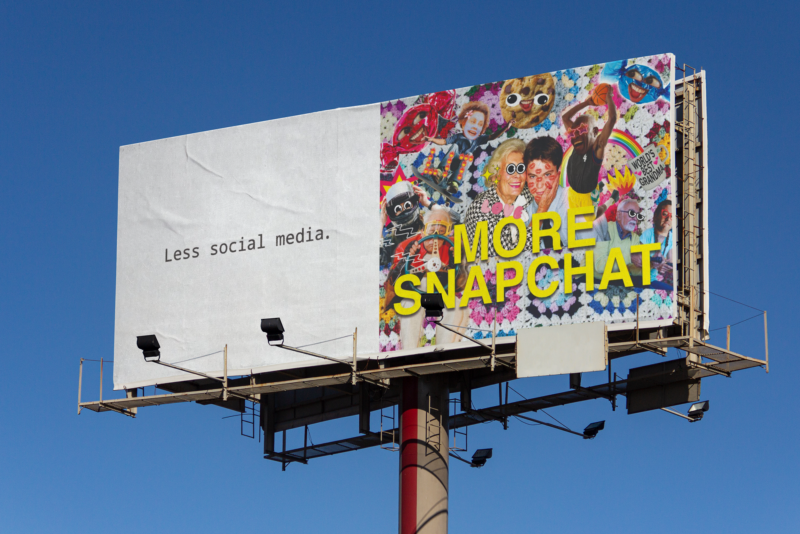‘We’re the best known, but least understood’: Snapchat’s global chief creative talks new brand story
Snapchat launched a new campaign overseas earlier this year in an effort to differentiate itself and prove it is a alternative to social media, not just another social platform. The brand’s global chief creative officer, Colleen DeCourcy, spoke to Mumbrella on the campaign, how Australians interact with the app, and how she plans to reinvigorate the brand’s image and story.
When Snapchat first launched in 2011, founders Bobby Murphy and Evan Spiegel said they hated social media, and wanted to created a platform that didn’t have the perfect Kodak moments, or pressure to perform.


